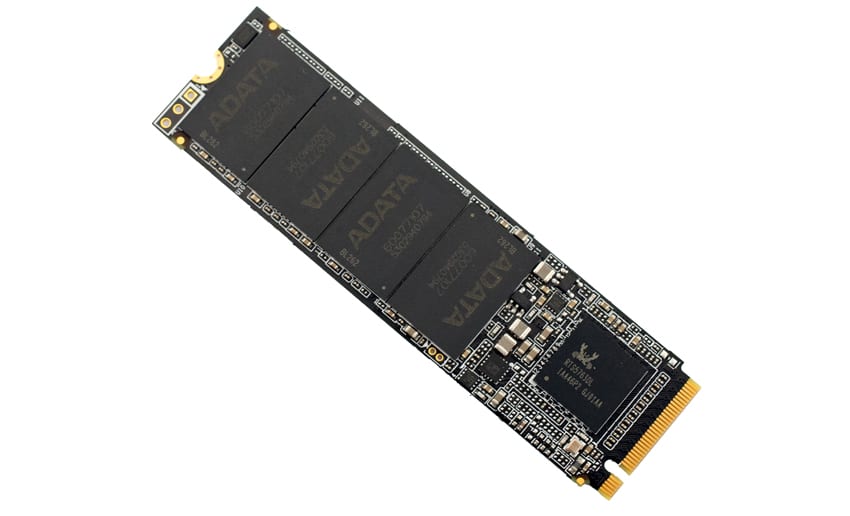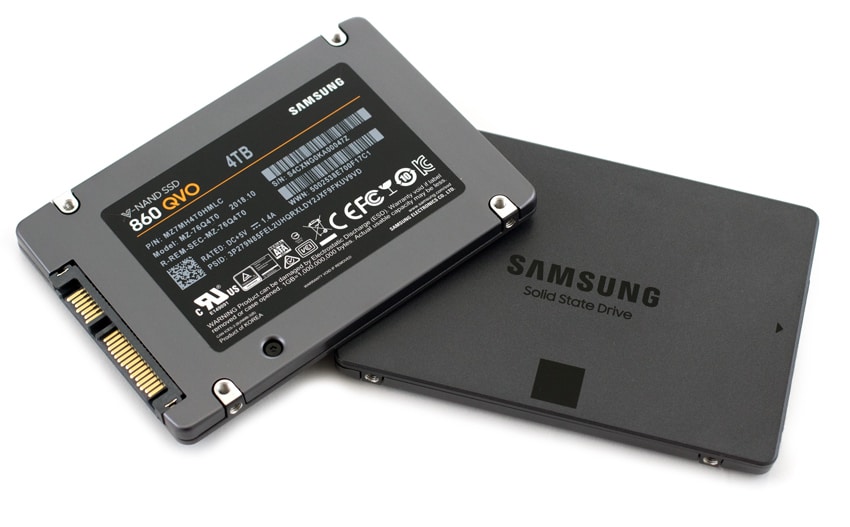SSD is short for solid-state drive and is similar to technology like USB memory sticks as they have no moving parts. This is what really sets it apart from the hard disk drives (HDDs), which use a mechanical arm with a read/write head to move around and read information from the right location on a storage platter. This difference is what makes SSD so much faster.
SSDs come in several form factors:
SSD is short for solid-state drive and is similar to technology like USB memory sticks as they have no moving parts. This is what really sets it apart from the hard disk drives (HDDs), which use a mechanical arm with a read/write head to move around and read information from the right location on a storage platter. This difference is what makes SSD so much faster.
SSDs come in several form factors:
- M.2, a tiny form factor smaller than a stick of RAM
- 2.5” SATA, the most popular form factor
- PCIe, which leverages PCIe slots on a motherboard
- mSATA, a small form factor like the M.2, though technology is essentially dead
In the mainstream consumer area of SATA 6.0Gb/s SSDs, you can find a small-capacity drive for as low as 25$. The great thing about SSDs in this class is that users won't generally "feel" that much of a difference between performance SSDs and it's more cost-competitive mainstream build.
Non-volatile Memory Express (NVMe) SSD drives offer tremendous speed compared to traditional SATA SSDs. NVMe is an interface protocol that works with PCI Express to transfer data to and from SSDs. It is a massive improvement over the SATA interface and is very, very fast. SSDs in this high-performance category also offer a range of inexpensive mainstream options targeted towards end users who want the benefits of NVMe technology. And prices are going down every month.


